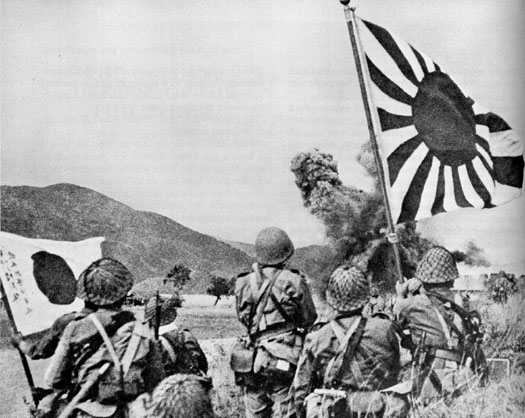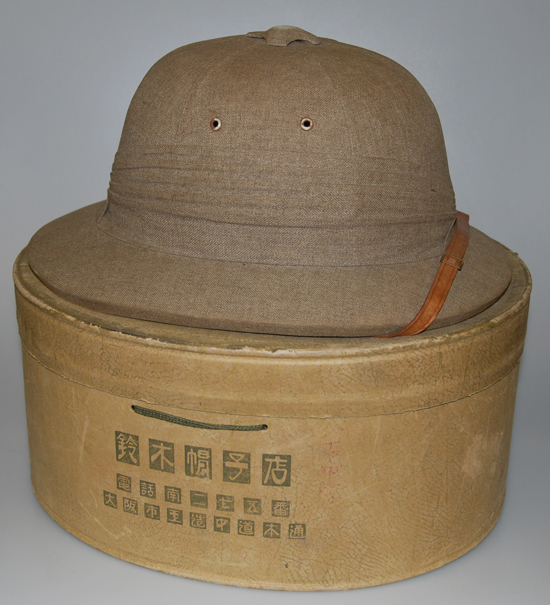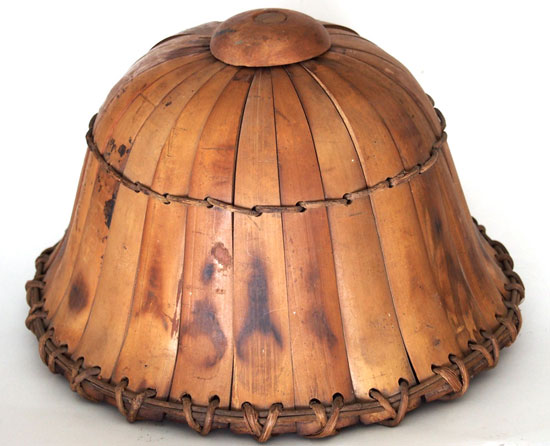
As has been noted the Japanese sun helmet went through several stages of evolution before and notably during World War II. One factor was the ability of manufacturers to acquire the supplies and materials. Helmets that were made of straw and even helmets that were essentially cloth and felt with little in the way of an frame apart from Sanada tape – but one unique and disputed variation is the bamboo helmet. Continue reading

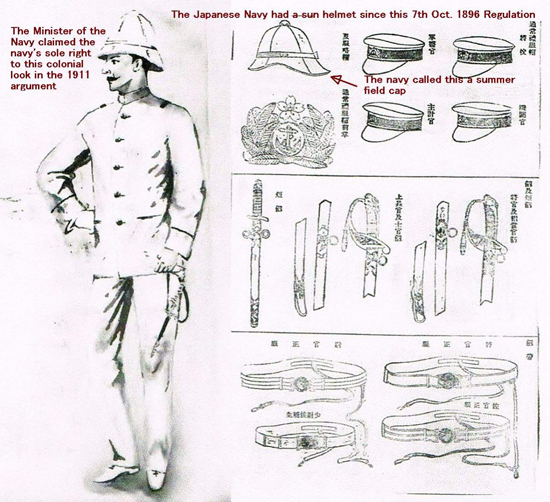
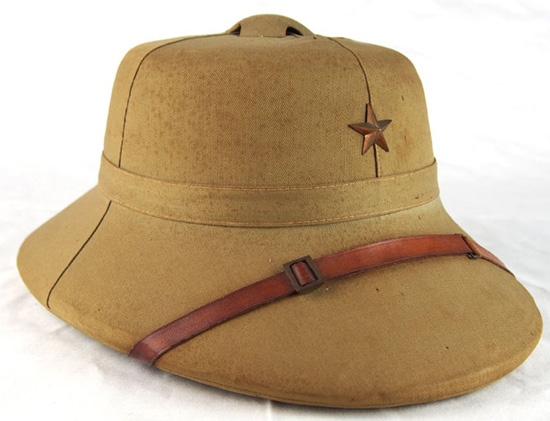
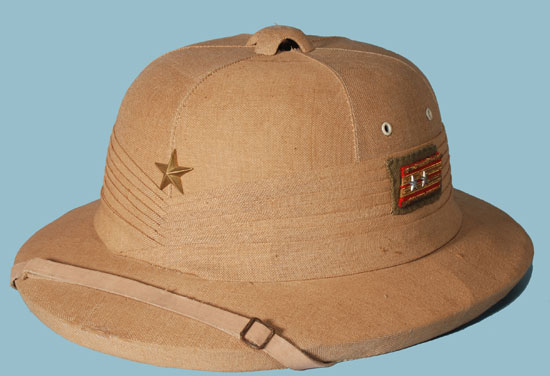
 One of the great misconceptions of Japanese tropical headgear of the Second World War is that the pattern known to collectors as “English,” “safari” or “European” was in fact produced outside of Japan. This is likely based on the fact that the helmets are similar in shape externally to the various Indian pattern helmets but also because the maker labels inside are in English.
One of the great misconceptions of Japanese tropical headgear of the Second World War is that the pattern known to collectors as “English,” “safari” or “European” was in fact produced outside of Japan. This is likely based on the fact that the helmets are similar in shape externally to the various Indian pattern helmets but also because the maker labels inside are in English. 